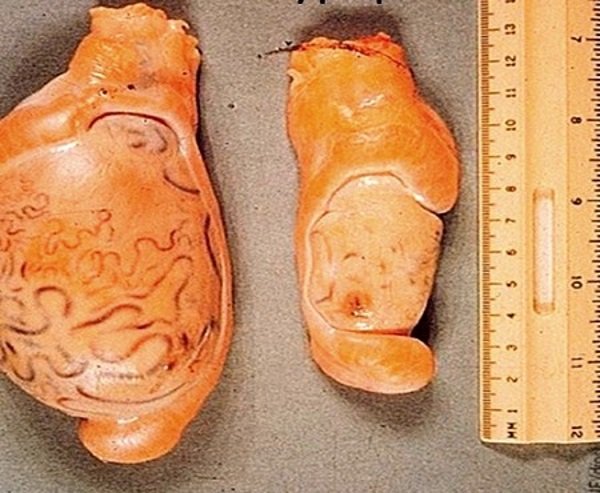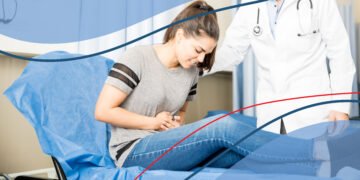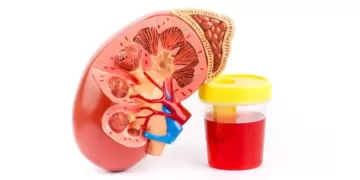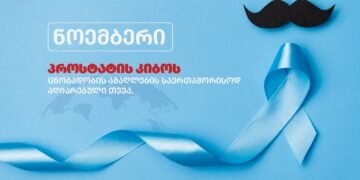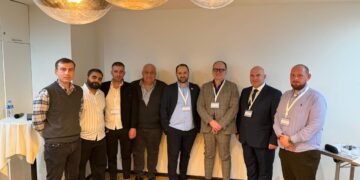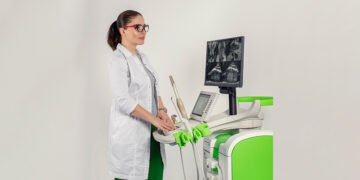Hypoplasia of the seminal gland is a congenital underdevelopment of one or both testicles, which causes androgen deficiency. Testicular hypoplasia is accompanied by:
- Reduction of the testicles;
- Asymmetry of the scrotum;
- Small size of the penis (penis);
- Violation of puberty;
- Pseudogynecomastia;
- Decreased libido;
- Impotence;
- Male infertility.
Hypoplasia of the seminal gland is an anomaly of development, which is accompanied by a small size of the penis and insufficient function. It occurs in 5-7% of newborn boys. Pathology can manifest itself in varying degrees, starting with a slight decrease in the gonads and ending with their complete absence (aplasia).
Hypoplasia of the seminal gland can be unilateral (at this time one seminal gland is underdeveloped, and the second is of normal size) and bilateral (when both, both the right and left glands are significantly behind the normal size).
The testicles (testes) are paired male gonads that perform a dual function: reproductive (production of male germ cells-spermatozoa) and endocrine (producing the main male hormone, testosterone).
It is the testicles that determine the formation of primary and secondary sexual characteristics, the realization of male reproductive potential.
The testicles are oval-shaped organs with a dense consistency. Normally, their dimensions are: 4-5 cm in length, 2-3 cm in width, weight 20-30 g. The testicles are located in the scrotum and are separated by a septum. Such localization of the testicles is associated with ensuring the optimal temperature regime (32 ºC) necessary for spermatogenesis. Each seminal gland is covered with several membranes and consists of lobules.
What Causes Testicular Hypoplasia?
Hypoplasia of one or both testicles develops due to a violation of their formation in the early stages of the embryonic period. The earlier (at an early stage) this process is disturbed, the more pronounced the anomaly.
The main cause of hypoplasia is genetic and chromosomal pathology (violation of the structure and number of sex chromosomes, damage to the genes responsible for sexual differentiation).
Many factors can predispose to the development of the testicles: pathology of pregnancy, hormonal imbalance, teratogenic effects of various factors, damage to the central system of the child during difficult labor, etc. Hypoplasia of the seminal gland may be accompanied by hypoplasia of other endocrine glands, for example, the thyroid gland. Sometimes pathology is caused by trophic or autoimmune damage to gonadal tissues.
The Main Symptoms of the Disease
Hypoplasia of the seminal gland is often asymptomatic and appears incidentally during a visit to the urologist. Due to the reduction of one or both glands, the scrotum is also reduced in size. Often also characterized by hypoplasia of the appendages and prostate (prostate gland).
The main symptom of testicular hypoplasia is hormonal imbalance, which is determined by a decrease in testosterone levels. With unilateral hypoplasia, due to compensatory mechanisms, the second healthy gland takes over part of the function and, accordingly, the level of hormones changes slightly. In this case, a healthy testicle increases in size.
With a slight hypoplasia (mildly pronounced), spermatogenesis proceeds normally, and a man is able to conceive a child. With bilateral hypoplasia, acute androgen deficiency develops, puberty is disturbed, a decrease in libido is noted, and spermatogenesis is impaired.
How is testicular hypoplasia treated?
Hypoplasia of the seminal gland is often asymptomatic and may be incidentally discovered during a visit to the urologist. Due to the reduction of one or both glands, the scrotum may also be reduced in size. Often, hypoplasia of the appendages and prostate gland may also be present.
The main symptom of testicular hypoplasia is hormonal imbalance, which is characterized by a decrease in testosterone levels. With unilateral hypoplasia, the healthy gland may compensate for some of the function, resulting in only slight changes in hormone levels. In such cases, the healthy testicle may increase in size.
With mild hypoplasia, spermatogenesis may proceed normally, and the affected individual may be able to conceive a child. However, with bilateral hypoplasia, acute androgen deficiency may develop, leading to disturbances in puberty, decreased libido, and impaired spermatogenesis.
The treatment of testicular hypoplasia typically involves medical intervention, such as replacement and stimulation hormone therapy. In cases of unilateral hypoplasia, regular monitoring of hormonal status may be necessary, and testosterone preparations may be prescribed when needed. Hormonal stimulation of spermatogenesis may improve the morphology of germ cells, allowing for cryopreservation of sperm for long-term use.
In some cases, orchiectomy, or the removal of the underdeveloped gland, may be performed if one seminal gland is hypoplastic and the other is functioning normally. After the procedure, the patient may choose to undergo aesthetic prosthetics, such as implantation of an artificial testicle.
The MMT Hospital offers the treatment of seminal diseases with methods that meet international medical standards.

